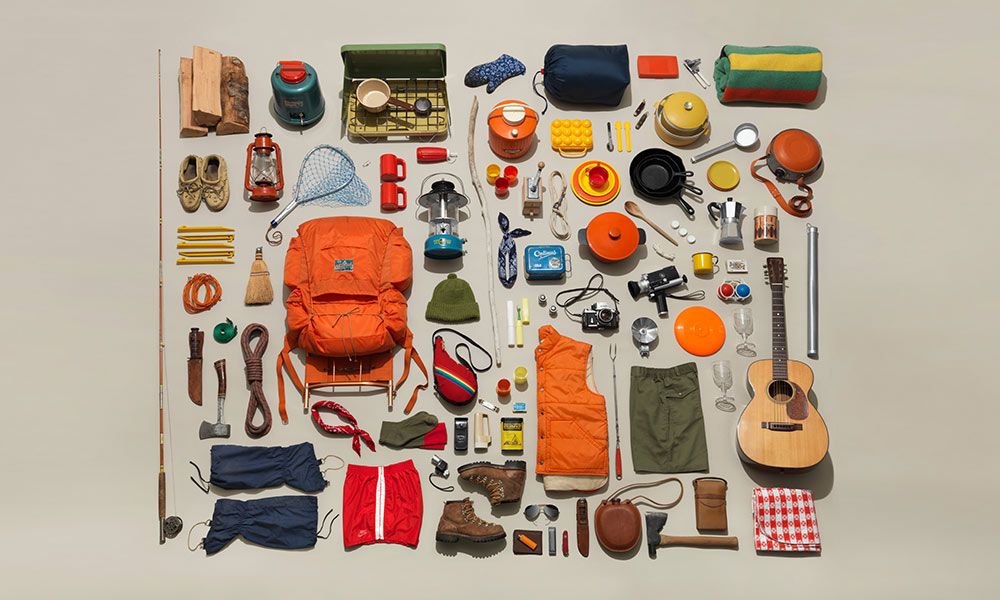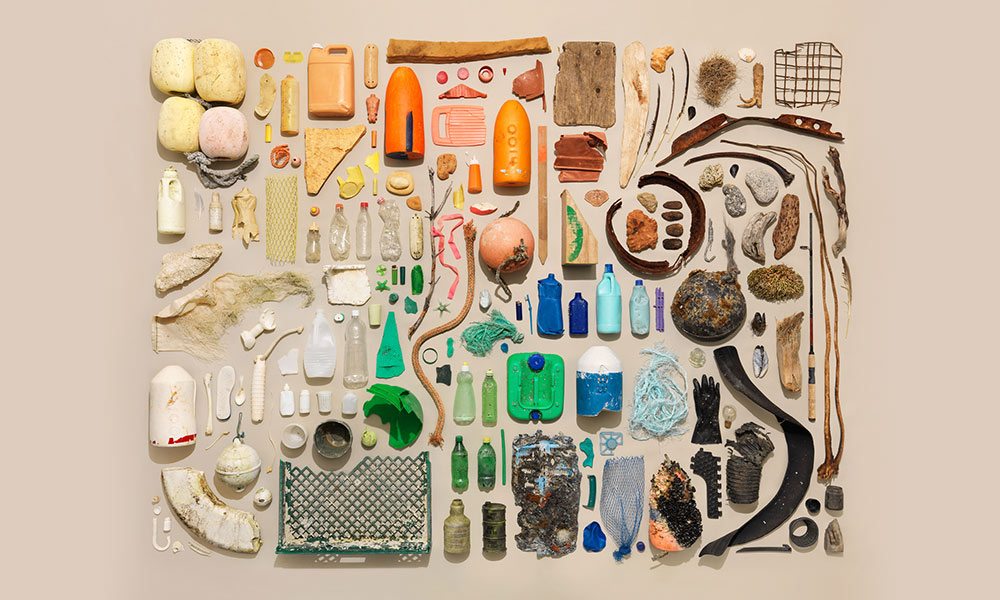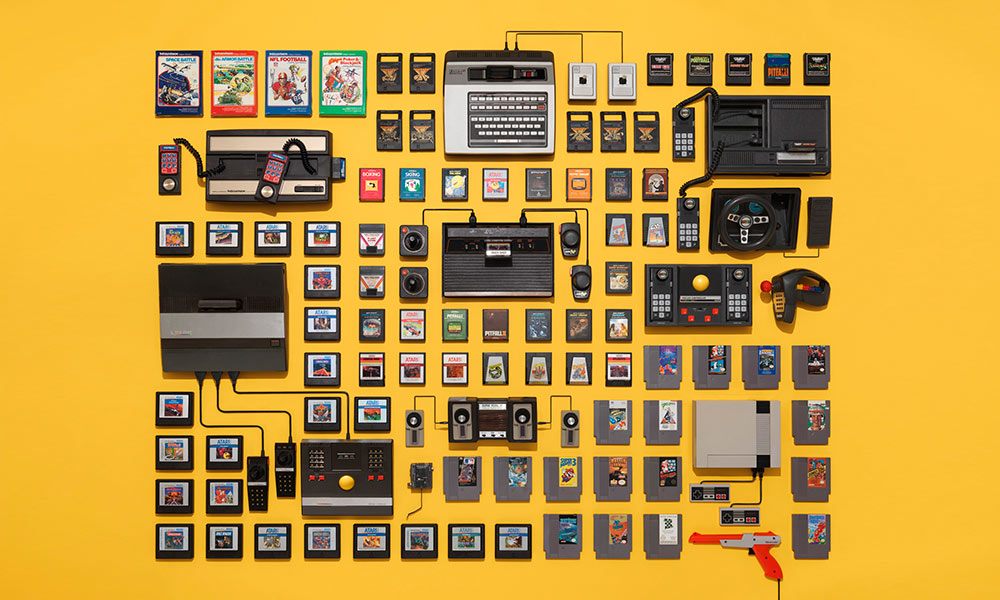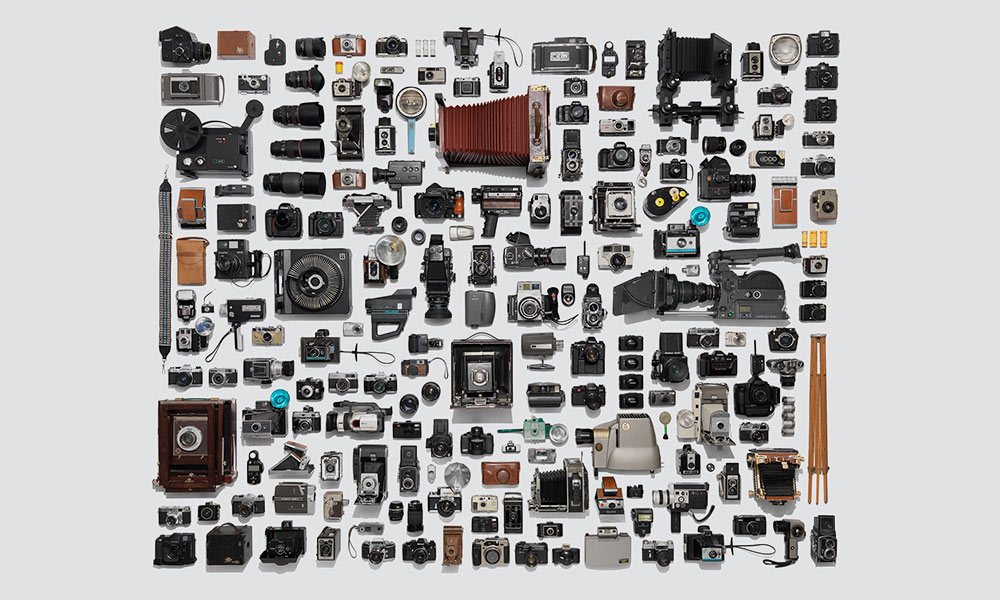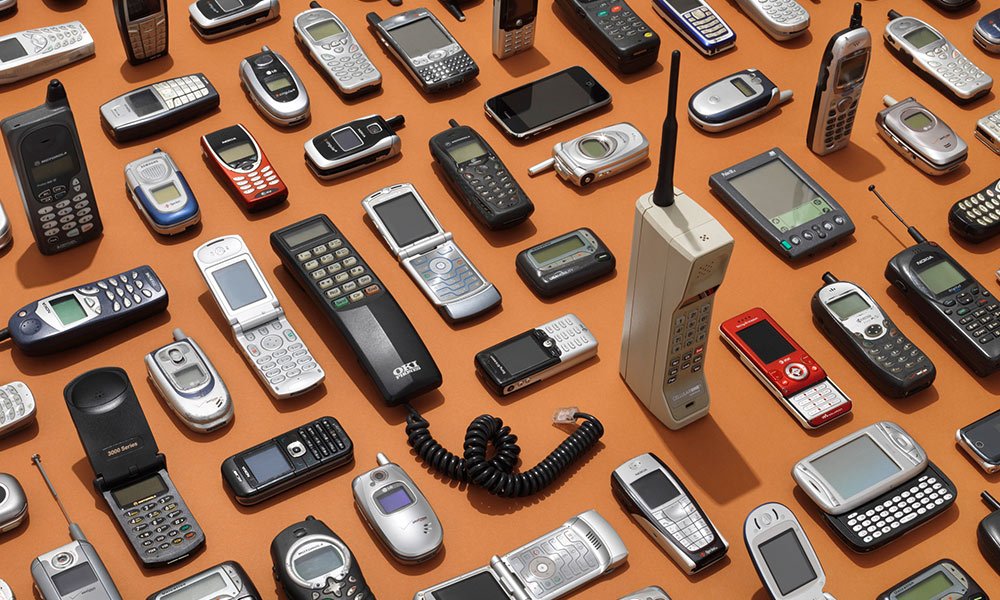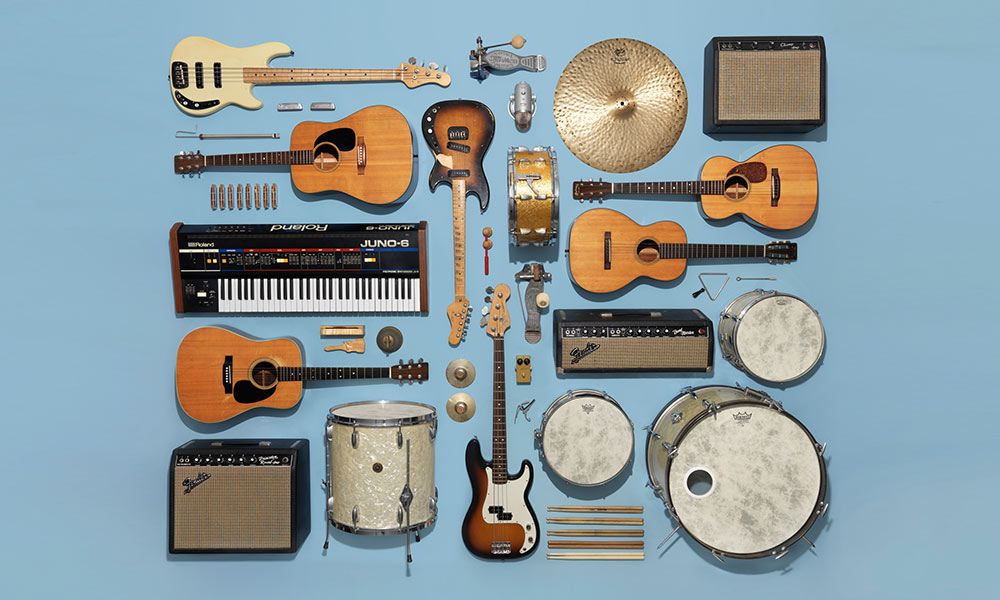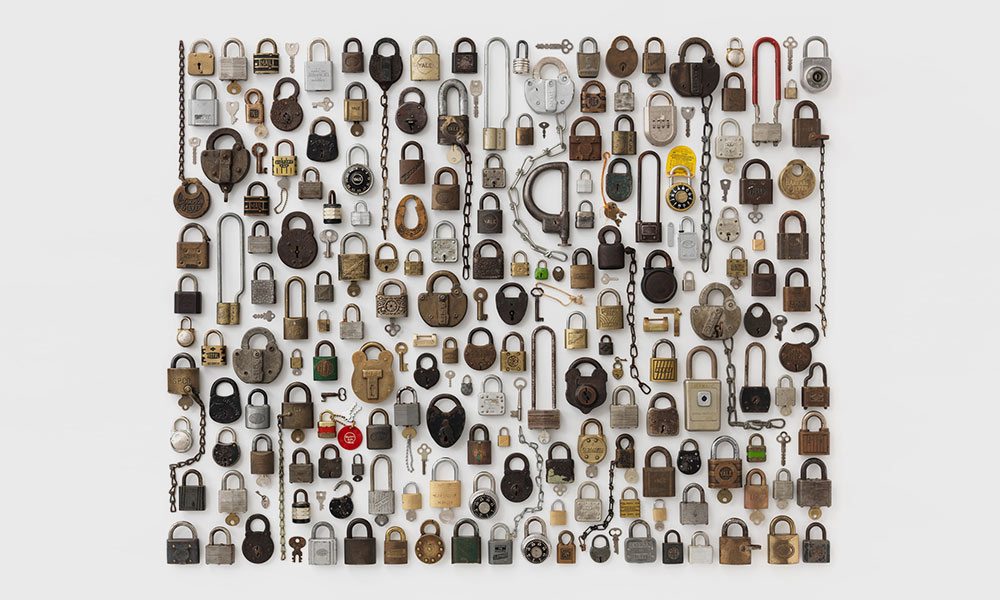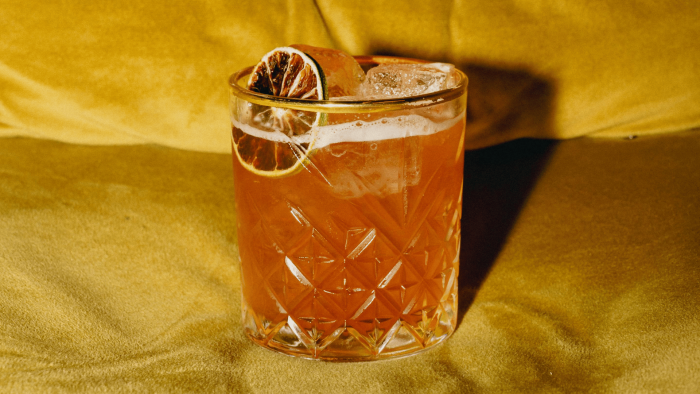Knolling, the process of arranging a group of related objects in a clean, organized way by utilizing parallel lines and 90° angles, can help you garner Instagram “Likes” by the bucketful. There’s just something inherently pleasing to the eye about these types of shots. But if you think you can just toss a bunch of stuff on the floor, snap a picture, and ride a wave of praise to social media stardom, you’re sadly mistaken. So, we turned to Jim Golden, an award-winning photographer specializing in still life and product shots, along with one incredible knoller(?), to give you some tips on how to take the shots you’ve wanted to. Here’s what he recommends:
-
1. Try to start with at least twice as many objects as you think you’ll need.
2. If you have a variety of sizes and shapes, place the largest objects first, then fill in with the smaller ones until it feels balanced.
3. A bright but overcast day works great. You want broad, even light (the cloudy sky is “nature’s soft box”). Lamps at home are one of the worst ways to go.
4. If everything is very close in size, make an interesting pattern out of the objects. Maybe even turn the array on its side.
5. The background should be simple as to not take away from the subject.
6. Any camera will work, even a smartphone—the iPhone 6 is one of my favorite cameras, and the Samsung devices have great cameras, too.
Don’t forget to visit Jim Golden’s site to check out more of his incredible work: Jim Golden Studio

